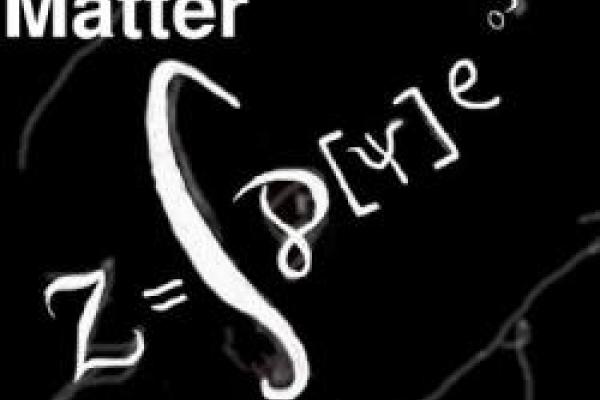
Abstract: The discovery of iron-based high temperature superconductors in 2008 was totally unexpected and exciting. They provide us another playground to explore the mechanism of unconventional superconductivity and to test state-of-the-art electronic structure methods. However, understanding the normal state of these superconductors was proved to be challenging to both band theory and model Hamiltonian approaches. This is because such methods are unable to provide a realistic description of the partially itinerant and partially localized nature of the electrons that are responsible for superconductivity in these materials. In this talk, I will show that a first-principles method based on density functional theory and dynamical mean field theory has been very useful in this regard. It has described and even predicted the charge and spin excitation spectra which are measured by optical spectroscopy, angle resolved photoemission and inelastic neutron scattering experiments. These first-principles studies have taught us that the iron-based superconductors are Hund's metals, a new class of strongly correlated materials where the correlations are controlled by the strength of the Hund's rule coupling J rather than the Hubbard U. The multi-orbital nature of these materials gives rise to three possible superconducting states which are very close in energy: the conventional s+- state, a d-wave state and an antiphase s+- state that was only identified very recently.
References:
1. Spin dynamics and an orbital-antiphase pairing symmetry in iron-based superconductors, Z.P. Yin, K. Haule, and G. Kotliar, preprint arXiv:1311.1188.
2. Kinetic frustration and the nature of the magnetic and paramagnetic states in iron pnictides and iron chalcogenides, Z.P. Yin, K. Haule, and G. Kotliar, Nature Materials 10, 932-935 (2011).
3. Magnetism and charge dynamics in iron pnictides, Z.P. Yin, K. Haule, and G. Kotliar, Nature Physics 7, 294-297 (2011).
